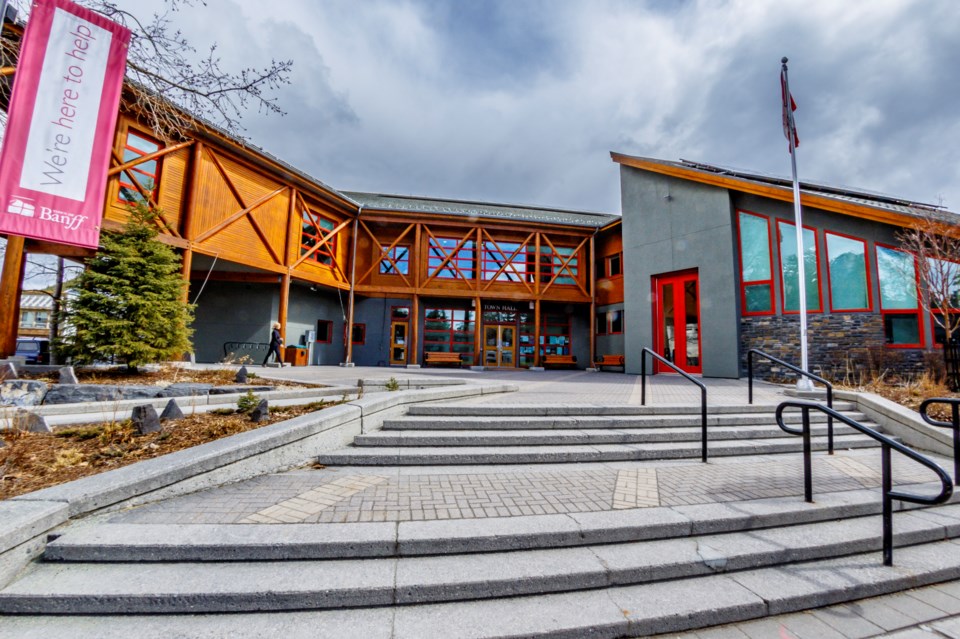BANFF – First responders in the Bow Valley are to be trained in how to deal with mass casualty and fatality events like shootings, stabbings or vehicle-ramming attacks given the current global risk environment.
The municipalities of Banff and Canmore have been awarded a provincial grant to develop an integrated emergency response framework for responding to mass violence, mass casualty and mass fatality incidents.
Katherine Severson, director of emergency management and protective services for the Town of Banff, said this tactical level training is for front line emergency responders and incident commanders for police, fire, and EMS.
She said the program to be led by the same instructors who work with the FBI is a so-called train-the-trainer program, which will be an important and lasting legacy for the region once they are accredited and qualified.
“The focus of the training includes the principles of interoperability within the context of response to acts of mass violence, often described as active shooter or active stabbing events, and vehicle attacks,” she said.
“The goal of this training will be to increase survivability of wounded from those types of incidents.”
Severson referred to the James Smith Cree Nation mass stabbings – one of the deadliest massacres in Canadian history – and the La Loche school shooting, both in Saskatchewan.
On Sept. 4 2022, Myles Sanderson killed 11 and injured 18 people in a mass stabbing at 13 locations on the James Smith Cree Nation and in Weldon. Some of the victims are believed to have been targeted, while others were randomly attacked.
In a mass shooting at a home in the community of La Loche and at the Dene High School on Jan. 22, 2016, four people were killed and seven others injured.
“I brought these forward as contextual incidents because they are Canadian and they impacted small communities similar to Banff,” said Severson, who also referred to the Toronto vehicle attack in which 10 people died, as well as another woman who died from her injuries three years later.
The first part of the program development is being held at the Fenlands recreation centre Sept. 16-20, led by four instructors from the ALERRT Center at Texas State University – the approved training centre by the FBI in active attack tactics.
The train-the-trainer course provides law enforcement officers with key medical skills based on tactical emergency casualty care guidelines, which can be used at the scene to increase the chances of victims surviving.
“The course also provides a model framework for law enforcement, fire, and EMS to integrate responses during an active attack-shooter event through the rescue task force concept,” Severson said.
Participants at next week’s course, including trainers and instructors, include the RCMP K Division tactical instructor and members from the municipalities of Banff and Canmore, as well as the fire departments from both towns.
Also taking part are Parks Canada wardens, Alberta Forestry and Parks enforcement, Stoney Nakoda EMS, Covenant Health EMS, Alberta Health Services EMS, Calgary Fire Department, and Calgary Police Service.
Mayor Corrie DiManno said keeping people safe is the Town of Banff’s top priority.
“I am really proud that we are leading the way in the vision with this program,” she said.
“Of course, that will be a very dark day, but it’s good to be prepared."
The mayor was also curious of the timing of the training program ahead of next year’s G7 summit of world leaders in neighbouring Kananaskis Country, and the level of preparedness in the region needed for such an event.
Severson said a global summit brings a “huge amount of resources from various agencies”.
“It is likely in the Bow Valley we’re going to see law enforcement agencies from other provinces and other city municipalities as well,” she said, noting there will also likely be an increased EMS presence.
“I'm not a risk expert for G7, but I could certainly tell you they were excited to find out that we already have this local training happening.”
Following next week’s course, the next steps of program development include administrative-level planning to mass casualty events, which will be added to the regional emergency management plan.
There will also be training for personnel who would attend the emergency coordination centre – municipal or regional.
“This will include an exercise in early 2025,” Severson said.
Severson said this rare opportunity to bring this specific training to the Bow Valley is extremely valuable and puts Banff emergency services at the forefront of innovation in integrated and multi-agency response.
“There are very few programs of this nature within Canadian municipalities, but there is unequivocal agreement that preparedness for these incidents is required and important within the context of the current risk environment,” she said.
“Simply put, this is an exciting step in making Banff more prepared for all types of emergencies and more resilient to the impacts of violence… this makes the Bow Valley an even safer place to reside.”




